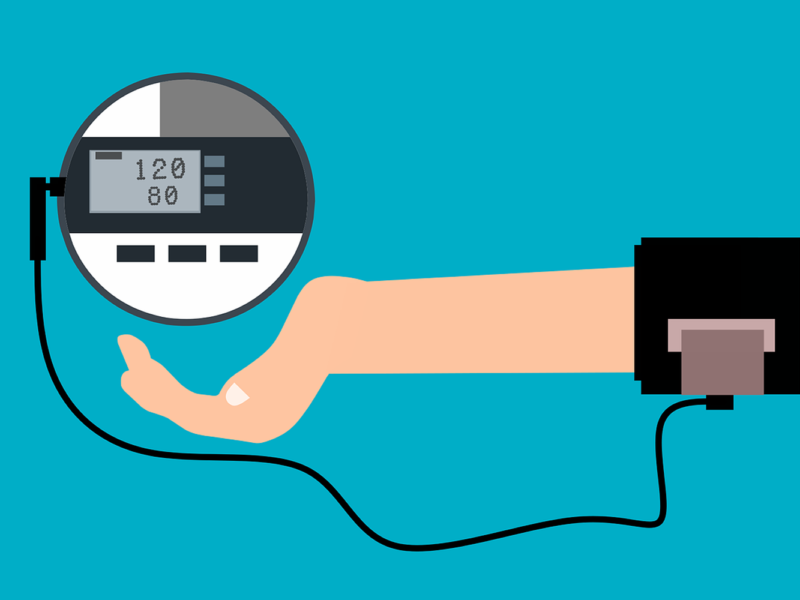A new CU Boulder study shows that a five-minute IMST exercise per day, which is described as “strength training for your breathing muscles,” lowers blood pressure, improves vascular health, and can be done daily.
The Journal of the American Heart Association published the strongest evidence yet to show that the time-efficient High-Resistance Inspiratory Muscle Strength Training, (IMST), could be a key component in protecting aging adults from the nation’s most deadly killer, cardiovascular disease.
65% of Americans over 50 have high blood pressure, which puts them at higher risk for heart attack and stroke. However, less than 40% of Americans meet the recommended aerobic exercise guidelines.
“There are a lot of lifestyle strategies that we know can help people maintain cardiovascular health as they age. But the reality is, they take a lot of time and effort and can be expensive and hard for some people to access,” said lead author Daniel Craighead, an assistant research professor in the Department of Integrative Physiology. “IMST can be done in five minutes in your own home while you watch TV.”
IMST was developed in 1980 to aid patients with severe respiratory diseases. It involves exhaling through a device that provides resistance. Imagine sucking through a tube that sucks back.
Initial recommendations for patients with breathing disorders were to use a 30-minute per-day regimen at low resistance. Craighead and his colleagues have been examining whether a shorter protocol, which involves 30 inhalations per day at high resistance and six days per week, could reap benefits for cardiovascular, cognitive, and athletic performance.
They recruited 36 healthy adults between the ages of 50 and 79 who had normal systolic blood pressure (120mg mercury or more). Half of the participants did High-Resistance IMST for six weeks, while half followed a placebo protocol where resistance was lower.
Six weeks later, the IMST group saw their systolic (the highest) blood pressure drop nine points. This is a decrease that generally surpasses the reduction achieved by walking 30 minutes per day, five days a week. This decline is also comparable to some blood pressure-lowering medication regimens.
Six weeks after quitting IMST, most improvement was maintained by the IMST group.
Craighead stated, “We found that not only is it more time-efficient than traditional exercise programs, the benefits may be longer lasting.”
Also, the treatment group saw a 45% increase in vascular endothelial functions, which is the ability of arteries to expand upon stimulation. There was also a significant rise in levels nitric dioxide, a key molecule for dilation and prevention of plaque buildup. As we age, our levels of nitric oxide naturally decrease.
After IMST, markers of inflammation and oxidative stresses, which can increase heart attack risk, were markedly lower.
Surprisingly, 95% of sessions were completed by those in the IMST Group.
Doug Seals, Distinguished Professor of Integrative Physiology, said that he had discovered a new form of therapy that lowers blood pressure without using pharmacological compounds. He also claims that it has a higher adherence rate than aerobic exercise. This is noteworthy.
This practice could be especially helpful for women who are postmenopausal.
Seals’ previous research showed that women postmenopausal who don’t take supplemental estrogen do not reap the same benefits from aerobic exercise as men when it comes to vascular function. The new study found that IMST improved it in these women just as much as it did in men.
Craighead stated that aerobic exercise will not improve postmenopausal women’s cardiovascular health. They need another lifestyle intervention. This could be it.
Some preliminary results show that MST may also improve brain function and physical fitness. Other studies have also shown that MST can improve sports performance.
Craighead said that marathon runners experience fatigued respiratory muscles, which can cause them to take blood from their skeletal muscles. He uses IMST for his marathon training. The idea is that your legs will not get fatigued if you increase the endurance of your respiratory muscles.
Seals stated that they aren’t sure how a move to strengthen breathing muscles can lower blood pressure. However, they believe it causes the cells in blood vessels to produce more nitric oxide, which allows them to relax.
Seals was recently awarded $4 million by the National Institutes of Health to conduct a larger follow up study of approximately 100 people. This will compare a 12-week IMST protocol with an aerobic exercise program.
The research group is currently developing a smartphone app that will allow people to perform the protocol at home with already-commercially available devices.
Anyone considering IMST should first consult their doctor. They said that IMST has been remarkably safe so far.
Craighead stated, “It’s easy to do, it doesn’t take long, and we think it has a lot of potential to help a lot of people,”
Related Journal Article: https://www.ahajournals.org/doi/10.1161/JAHA.121.020980

